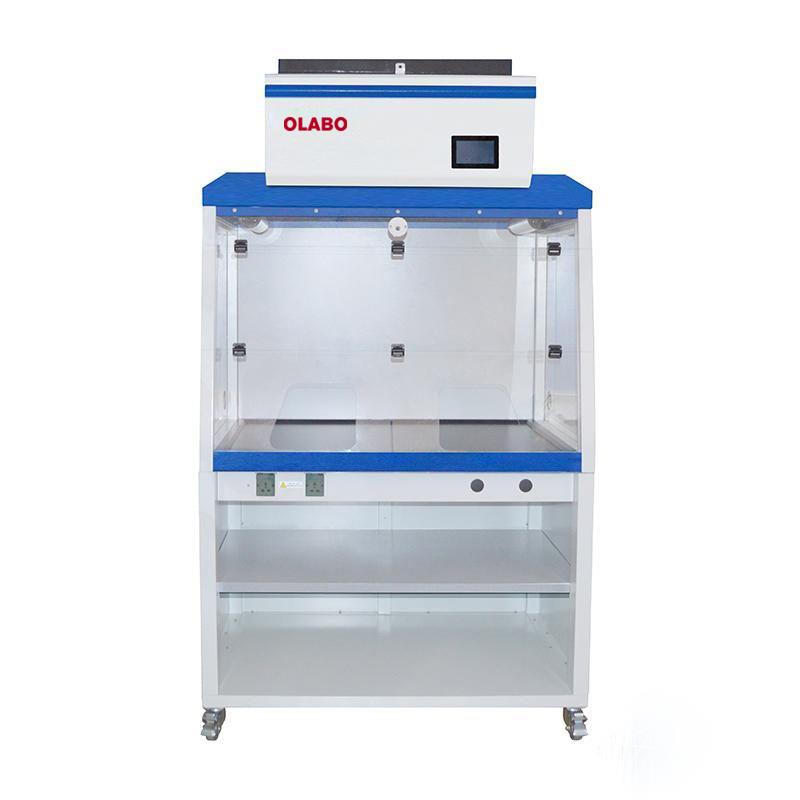2021/5/19 15:00:16
The most important function of the fume hood is the exhaust function. In the chemical laboratory, various harmful gases, odors, moisture and flammable, explosive, and corrosive substances are generated during the experimental operation, in order to protect the safety of users To prevent the pollutants in the experiment from spreading to the laboratory, fume hoods should be used near the pollution source. In the past, the number of fume hoods used was small, and they were only used in experiments with particularly harmful and dangerous gases and large amounts of heat. The fume hood is only responsible for the auxiliary functions of the experimental bench. Taking into account the improvement of the experimental environment, the experiments carried out on the experimental bench are gradually transferred to the fume hood, which requires the most suitable function for the use of equipment in the fume hood. In particular, most newly-built laboratories require air-conditioning, so the number of fume hoods used must be included in the air-conditioning system plan in the preliminary design stage of the building. As fume hoods occupy a very important position in the biochemical laboratory, the number of fume hoods used has increased dramatically from the perspectives of improving the laboratory environment, improving labor sanitation conditions, and improving work efficiency. Following this is the ventilation ducts, piping, wiring, exhaust, etc. have become important issues in laboratory construction.
The biggest purpose of using a fume hood is to discharge the harmful gases produced in the experiment and protect the health of the experimenters, that is to say, it must have a high degree of safety and superior operability, which requires the fume hood to have the following functions:
(1) Release function: It should be equipped with a mechanism to absorb harmful gas generated inside the fume hood by absorbing the gas outside the cabinet, and to dilute it out of the outdoor.
(2) Non-reverse flow function: It should have the function of preventing harmful gas from flowing into the room from the inside of the fume hood by the airflow generated by the exhaust fan inside the fume hood. In order to ensure the realization of this function, it is the best way to connect a fume hood and a ventilator with a single pipe. It cannot be connected by a single pipe, and it is limited to the same room on the same floor. The ventilator can be connected as much as possible. Install at the end of the pipe (or at the top of the layer).
(3) Isolation function: In front of the fume hood, there should be a non-sliding glass window to separate the inside and outside of the fume hood.
(4) Supplementary function: It should have a channel or alternative device for sucking in air from outside the fume hood when harmful gas is discharged.
(6) Heat resistance and acid and alkali corrosion resistance: some electric furnaces must be installed in the fume hood, and some experiments produce a lot of toxic and harmful gases such as acid and alkali, which are extremely corrosive. The countertops, liners, side panels, and the selected water nozzles and air nozzles of the fume hood should have anti-corrosion functions. Where strong acids such as sulfuric acid, nitric acid, and hydrofluoric acid are used in the semiconductor industry or corrosive experiments, the overall material of the fume hood must be acid-proof and must be made of stainless steel or PVC.
